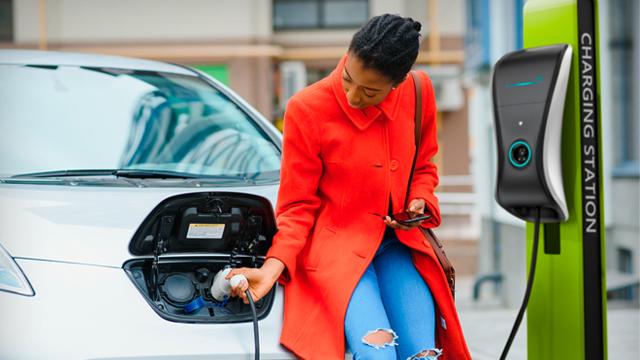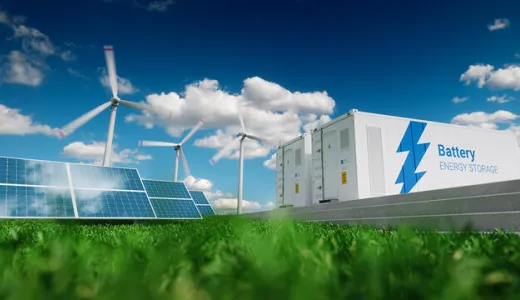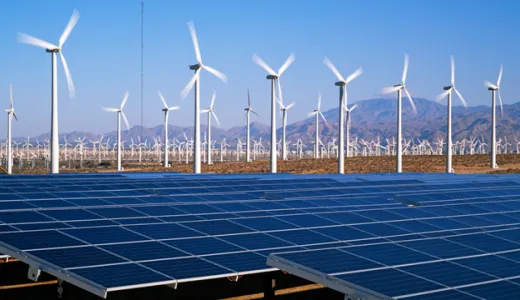What is EV charging anxiety – and is range anxiety a thing of the past?
Electric vehicles (EVs) are growing in popularity across the globe, largely because they’re seen as being instrumental in helping to reduce global carbon emissions and reach net zero.
From 2035, new petrol and diesel cars will no longer be sold in the UK and the US is aiming for half of all new vehicle sales to be electric by 2030, meaning it’s likely that more of us will be looking to drive an EV.
But there are still many uncertainties and even misconceptions about electric vehicles and their capabilities; two of the most common concerns being what’s known as ‘range anxiety’ and, more recently, ‘charge anxiety’.
What’s causing EV anxiety?
One of the most common sources of anxiety surrounding EVs is how far they can travel without running out of battery – known as their ‘range’. The term ‘range anxiety’ was coined to describe this concern and it’s considered one of the major psychological barriers preventing many people from getting an EV.
But this also morphs into another type of anxiety, as advances in EV technology enable drivers to travel further distances on a single charge. It’s called ‘charge anxiety’ or ‘charging anxiety’ and is perhaps now overtaking range anxiety as a concern for EV drivers.
What’s the difference between range anxiety and charge anxiety?
So, what’s the difference between range anxiety and charge anxiety, and what can be done to ease fears over EVs’ reliability?
What is range anxiety?
Simply put, range anxiety is the fear that an electric vehicle will not have enough battery charge to reach its destination, leaving its occupants stranded. This anxiety is particularly prominent when considering long-distance travel, along stretches of road where EV charging points might be few and far between.

What is charge anxiety?
With EV technology evolving to dampen fears over their achievable range, ‘charge anxiety’ is becoming a more predominant barrier to EV ownership. This refers specifically to feelings of uncertainty or negativity around accessing or using a charge point.
A key distinction between range anxiety and charge anxiety isn’t just down to the location of charging stations, but to their reliability. This includes fears of long queues during peak times, vandalised or broken equipment, unreliable software or hardware, or even finding a charging spot occupied by a petrol- or diesel-powered vehicle.
Is range anxiety a thing of the past?
Some people do still experience range anxiety, particularly in areas where the number of EVs on the road is growing rapidly, while public charging infrastructure might lag behind or is concentrated in areas such as cities or along motorways.
As of mid-2022, it’s estimated there are 460,000 battery-powered electric vehicles (BEVs) on the road in the UK,1 and an estimated 31,000 public charging points, many of which are concentrated in larger towns and cities, and not spread evenly in more rural locations. So, for EV owners living there, range anxiety can still be a real thing.
However, it’s important to remember that nearly 99% of all driven journeys are under 100 miles, with every EV on the market capable of handling this distance on a limited charge.
What’s being done to solve charge anxiety?
Both in the UK and US, large-scale EV infrastructure projects will help meet the need for more charge points as EV ownership increases.
EV charging infrastructure in the UK
The UK government’s £950 million rapid charging fund will help motorways and major A road service area operators prepare the network for 100% zero emissions vehicles. This includes plans to ensure at least six rapid charge points at every motorway service station in England by 2023.
Their £450 million Local Electric Vehicle Infrastructure (LEVI) fund is also aiding projects such as EV hubs and on-street charging solutions, to alleviate regional disparities in charge point availability, while a £20 million pilot scheme will see 1,000 new charge points installed in areas where infrastructure is lacking the most.
The UK is also home to Europe’s most powerful EV charging hub2, which is located at the Energy Superhub in Oxford and offers fast and ultra-rapid charging for 42 vehicles at once.
EV charging infrastructure in the US
As part of the Bipartisan Infrastructure Deal, the US government will invest in building a national network of electric vehicle chargers. This includes funding for deployment of EV chargers along highway corridors, to facilitate long-distance travel, and within communities to provide convenient charging where people live, work and shop.
This investment will support the President’s goal of building a nationwide network of 500,000 EV chargers to accelerate the adoption of EVs, reduce emissions, improve air quality and create jobs across the country.
Ways to overcome charge anxiety
There are several practical and technological ways EV drivers can reduce their charge anxiety:
1. Electric vehicle apps
Using EV apps like Zap-Map or ABetterRoutePlanner can really help with your confidence and peace of mind when driving an EV.
App functions can include searching your nearby location for charging points, estimating the percentage battery used for a return journey and even making the payment for your charge. They can take into account specific EV models, driving preferences and battery state of charge.
If you’re not using an app, make sure you’re aware of as many charge points along your journey, or within your local area, as possible.
2. Be prepared
Tips that sound obvious, but can often be overlooked, include ensuring your EV is fully charged overnight before a long journey, and checking that your final destination is capable of public or home charging.
3. Charge when stopped, not stop to charge
Be efficient with your time by taking any opportunities during your trip – such as coffee or toilet breaks – to plug in and charge.
4. Pay it forward
Being a thoughtful EV owner matters too; if you see a charge point isn’t working, call it in and help resolve the problem as quickly as possible. Sometimes it takes just a matter of minutes and the charge point will be ready for use soon.
Still have concerns about getting an EV?
Read our 'Busting the myths and misconceptions about EVs' article
Last updated: 11 Oct 2022
The information in this article is intended as a factual explainer and does not necessarily reflect National Grid's strategic direction or current business activities.
See all energy explained articles
Sources
1 FORECUORTtrader: 'Charging anxiety' has replaced 'range anxiety' for EV drivers....
2 Correct as of September 2022



